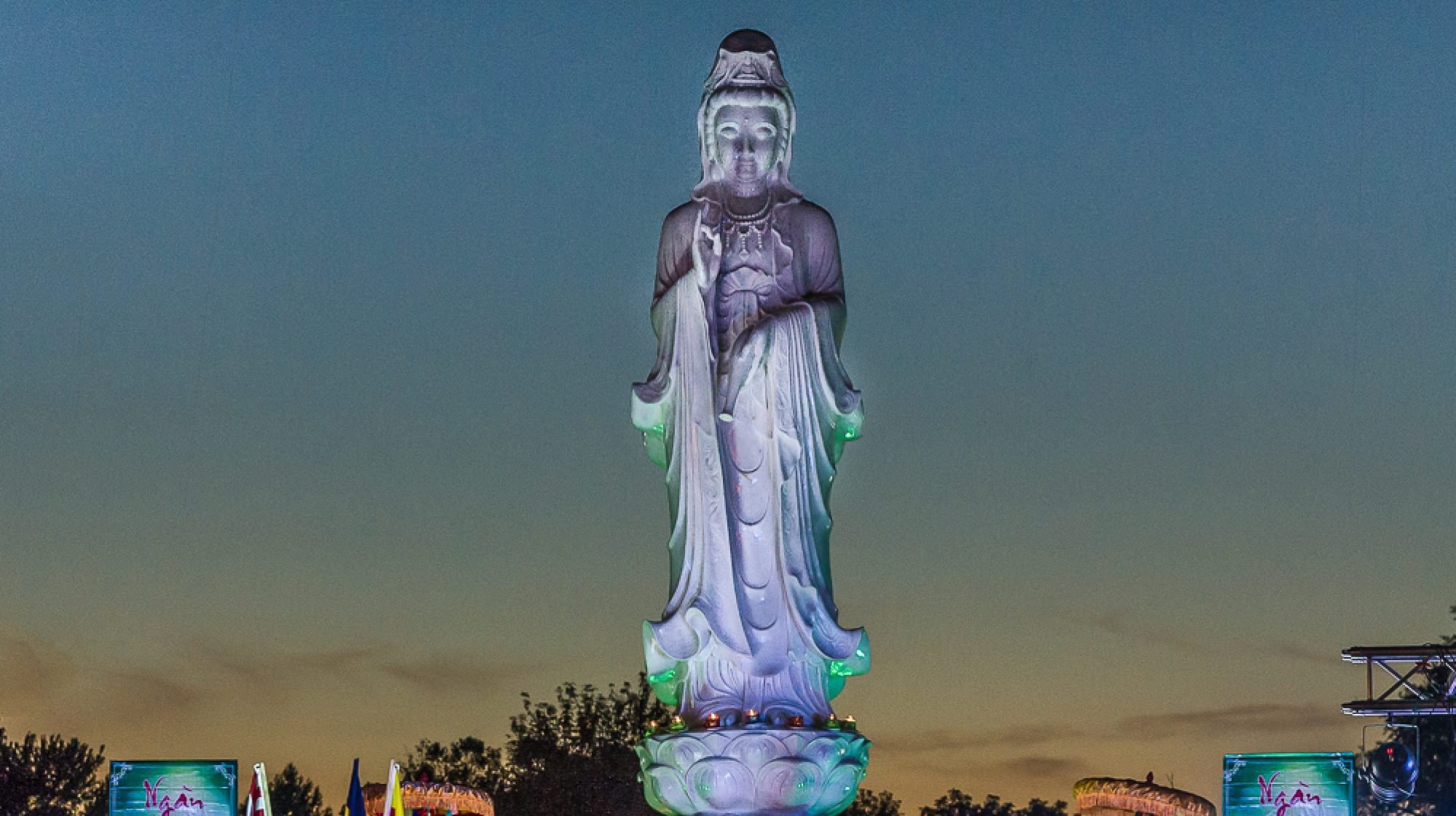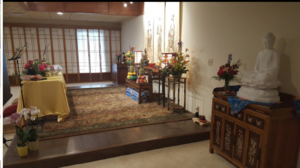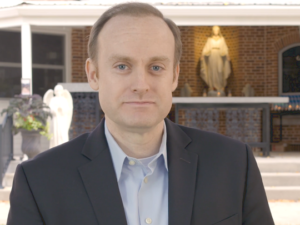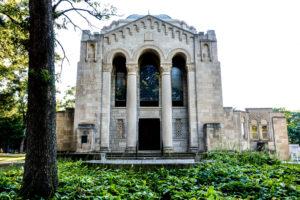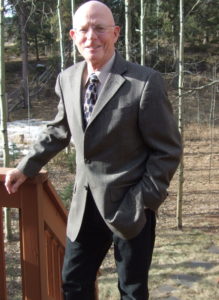 David Weddle
David Weddle
Professor Emeritus of Religion at Colorado College
Thursday, May 10th, 2018, 7:00pm
Drake Univeristy, Cowles Reading Room
Can miracles establish the truth of religious claims or the basis of political authority? Does supernatural might make for human right? Should we believe in Buddha or Jesus or Muhammad because of miracles they performed? We will consider examples of miracle stories in several religious traditions and trace their use in arguments over theology and politics.
David L. Weddle is Professor Emeritus of Religion at Colorado College, where he taught courses in comparative theology and ethics, American religions, and philosophy of religion. He served as chair of the department and was active on faculty committees. A life-time honorary member of the American Academy of Religion, he is the author of Miracles: Wonder and Meaning in World Religions (2010) and Sacrifice in Judaism, Christianity, and Islam (2017).
Video of Lecture
